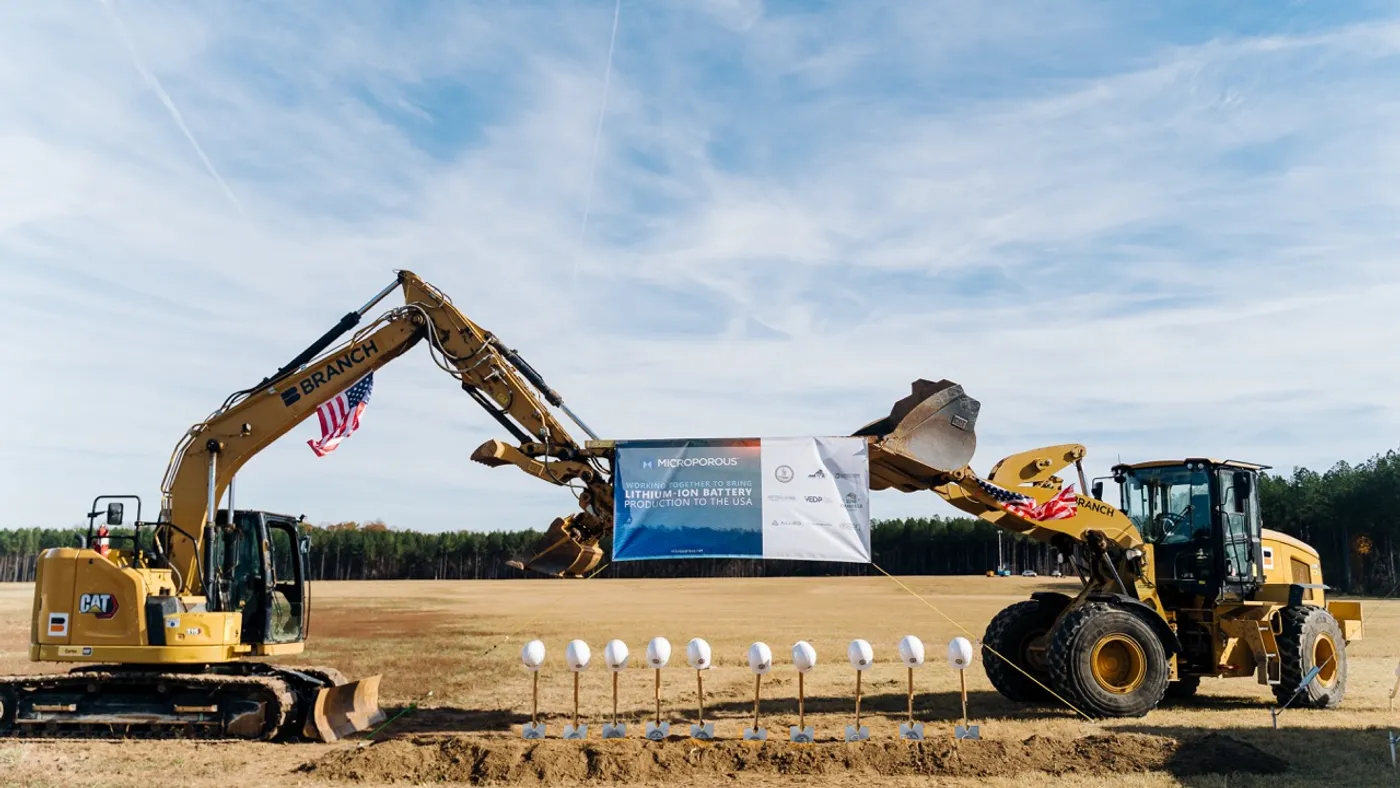Spending in the manufacturing sector has ballooned since the CHIPS Act was signed into law in August 2022. Projects underway include everything from plants focused on chip fabrication and electric vehicle batteries to consumer goods and cars.
Here, Construction Dive rounds up the biggest of these projects announced since August 2022, sorted by value and location, along with their contractors when available. Please check this page for regular updates.
The U.S. continues to gain ground on other countries’ manufacturing dominance two years after President Joe Biden signed the $52 billion CHIPS and Science Act in August 2022.
The renewed push to revive American manufacturing after decades of offshoring has led to over $988 billion in private company investment, according to the White House. The multibillion-dollar investments scattered across the country range from biotechnology facilities and chip fabrication plants to electric vehicle battery factories and clean energy projects.
Some major manufacturing projects added to this page over the past four weeks include a $1.3 billion Microporous battery separator project in Pittsylvania County, Virginia, a $700 million Canadian Solar battery facility in Shelbyville, Kentucky, and ICL Group’s $547 million battery plant near St. Louis.
The map also lists the contractors working on these projects when they are available. Some of the notable wins since the last update include:
- Clayco’s contract on Norsun’s $620 million solar wafer plant in Tulsa, Oklahoma.
- CDI Contractors’ award on Camfil’s $100 million air filtration products facility in Kilgore, Texas.
Manufacturing construction surges across US
Through September, the latest data available, manufacturing construction spending increased 20.5% in 12 months, according to an Associated Builders and Contractors analysis. On a seasonally adjusted annual rate, spending in the sector hit approximately $235.35 billion in September.
Manufacturing activity skyrockets on the heels of 2022’s CHIPS Act
The CHIPS Act provides $52.7 billion for American semiconductor research, development, manufacturing and workforce development. This consists of $39 billion in manufacturing incentives, including $2 billion for the legacy chips used in automobiles and defense systems, $13.2 billion in research and development and workforce development and $500 million to strengthen global supply chains, according to the Biden administration. The CHIPS Act also provides a 25% investment tax credit for capital expenses for manufacturing of semiconductors and related equipment.
These incentives are encouraging companies to rethink their manufacturing strategies. Although the boom has cooled since its peak in spring 2023, most contractors remain optimistic. Manufacturing remains the leading category in construction spending, reflecting strong ongoing demand in the sector.
Construction Dive staff contributed to this report.








